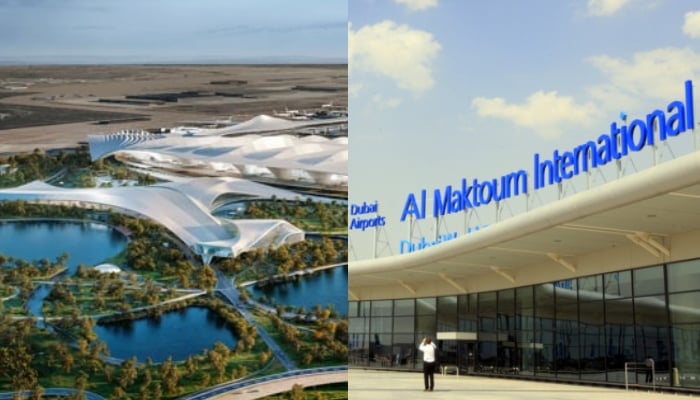How will new $35bn terminal change Dubai's Al Maktoum airport?
Dubai's Al Maktoum Int'l Airport to handle all DXB operations after new terminal is completed
April 29, 2024

Dubai’s ruler Sheikh Mohammed bin Rashid Al Maktoum on Sunday announced that the emirate will build a new terminal expected to hold the largest capacity in the world, once completed, Al Jazeera reported.
According to Al Maktoum, who is also Dubai’s prime minister and vice president, the new terminal will be five times larger than the current Dubai International Airport (DXB).
It is estimated to cost $35 billion and will be able to handle up to 260 million passengers annually.
He also revealed that all operations at DXB will eventually be moved to the Al Maktoum International Airport (DWC), where the new terminal will be built.
So how will the new terminal change the face of DWC?
DWC, which is currently the secondary airport in Dubai, is a recent addition that is quickly rising to prominence.

The airport, which was established in 2010, is located towards the south of Dubai, away from the main tourist areas and has a limited number of airlines and destinations.
It provides fewer amenities and facilities for passengers, with fewer shopping, dining, and entertainment options as compared to DXB.
Additionally, accessibility at DWC is limited because there are fewer options for public transportation and parking.
Currently, it has lesser terminals and focuses on cargo and shipping operations.
However, all of that will change soon.
The new project for the 70-square-kilometre airport will have 400 aircraft gates, five parallel runways, and new aviation technology, alongside the capacity to handle 12 million tonnes of annual cargo.
The project, which is expected to be completed in phases, is anticipated to finish its first phase within 10 years, which could allow the facility to accommodate yearly 150 million passengers.











